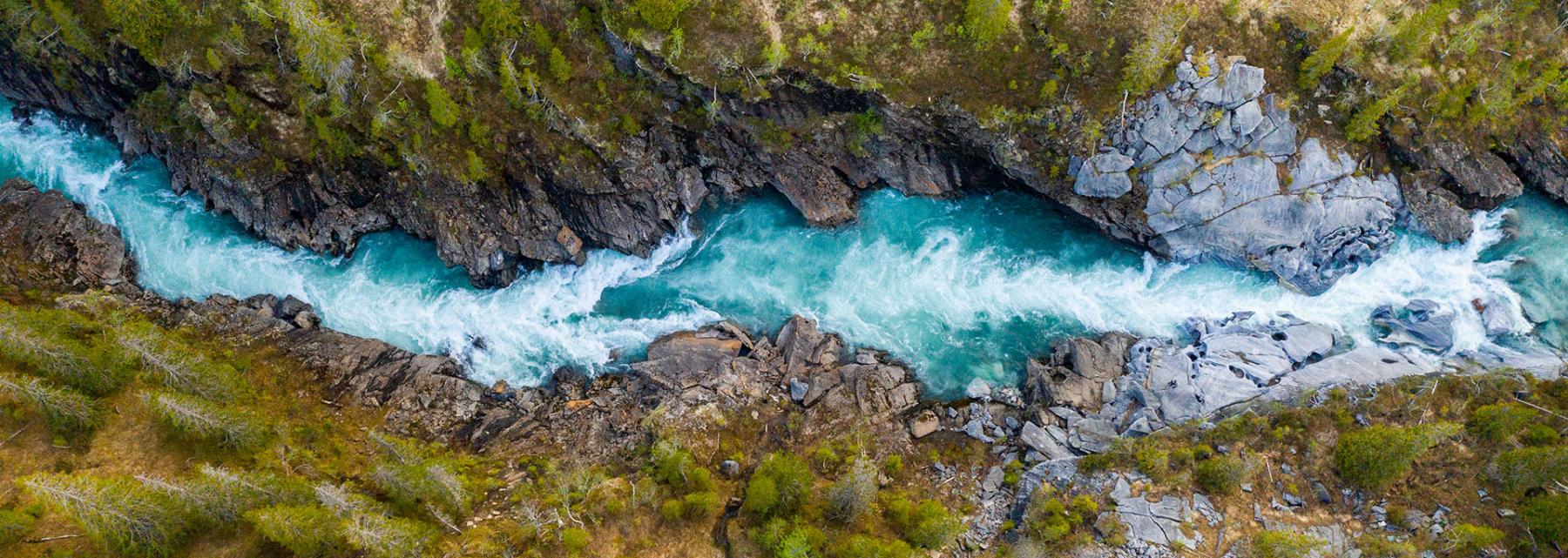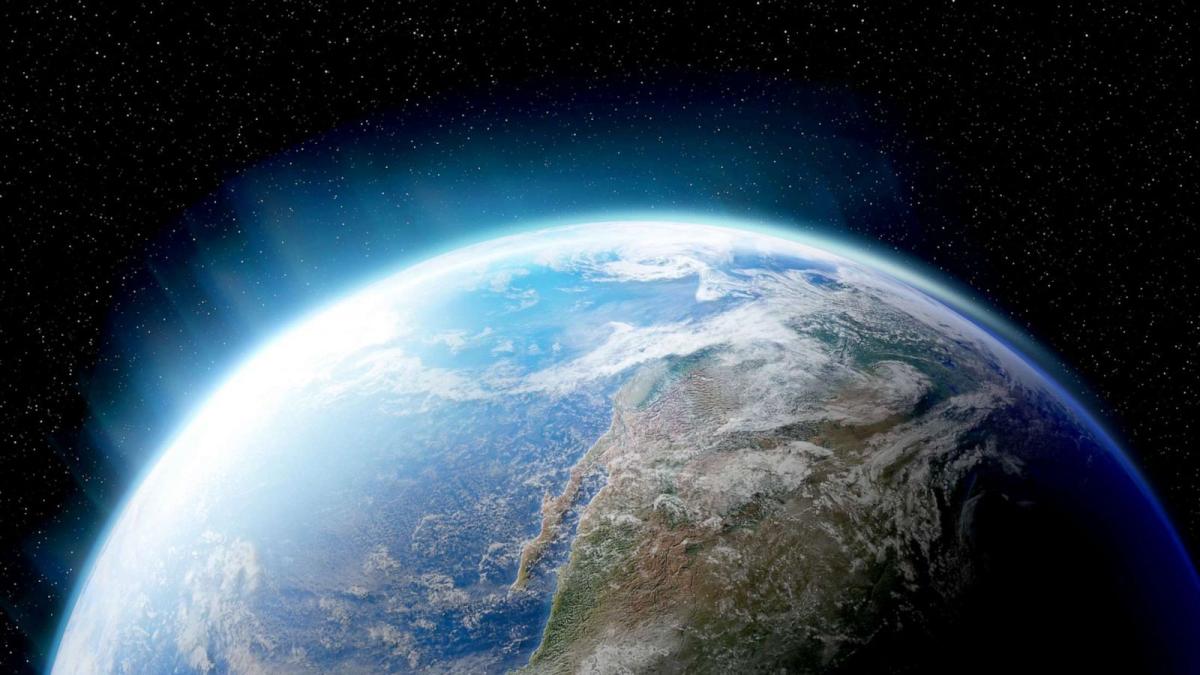
Modeling Glacial Change and Sea Level Rise
Students use Google Earth Timelapse to observe changes to glaciers over time before completing an investigation on the effects of melting sea ice and land ice on global sea level rise. This outstanding lesson includes a variety of resources and step-by-step directions.
Lesson Plan Link/URL
https://docs.google.com/presentation/d/1qKAqWWsvxdT6aS_E7kCeASj5R63VCmNN/edit?u…Subject Area
Science Earth and Space Science E1: Earth Systems Technology 1. Empowered Learner 3. Knowledge Constructor Mathematics Measurement and Data (MD) Ratio and Proportion (RP)Related Content

After completing a unit on weather, students will be challenged to research, design, construct and attach a snow plow to their Edison robot. Then they will create a scratch code that will navigate

In this lesson, students use the Kepler’s Laws PhET Simulation to collect data on the period and average radius of the planetary orbits. They graph and analyze that data to derive Kepler’s 3rd Law.

This lesson uses a PhET Simulation to allow students to collect data on the orbits of planets around our Sun, then summarize and share their results. It is designed for students in Grades 9-12.